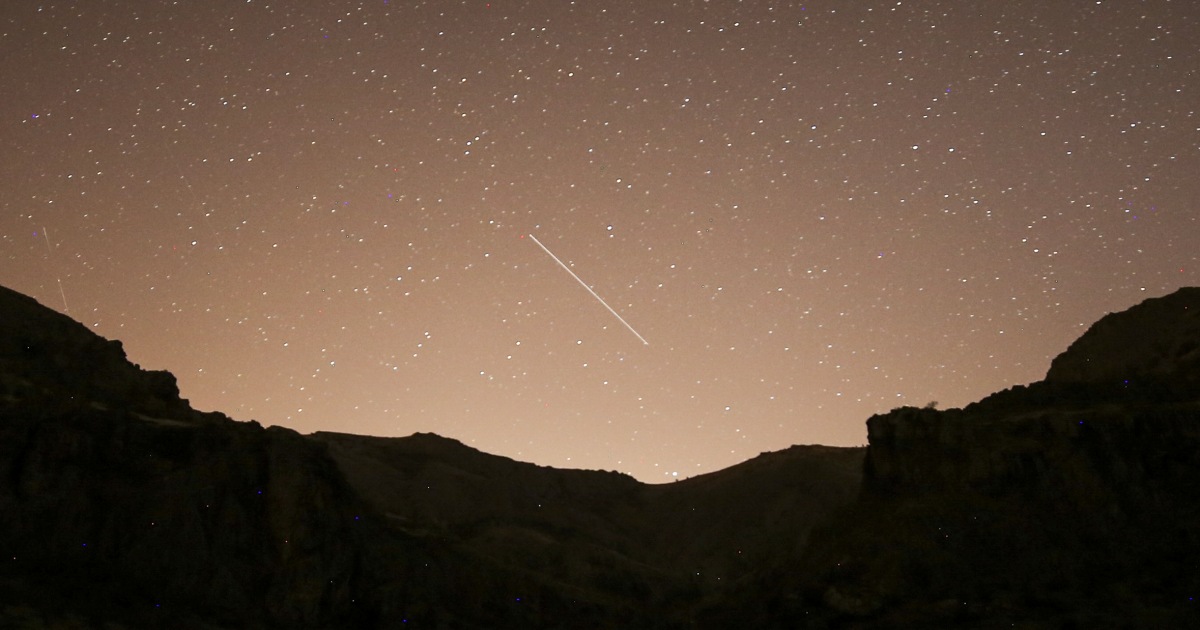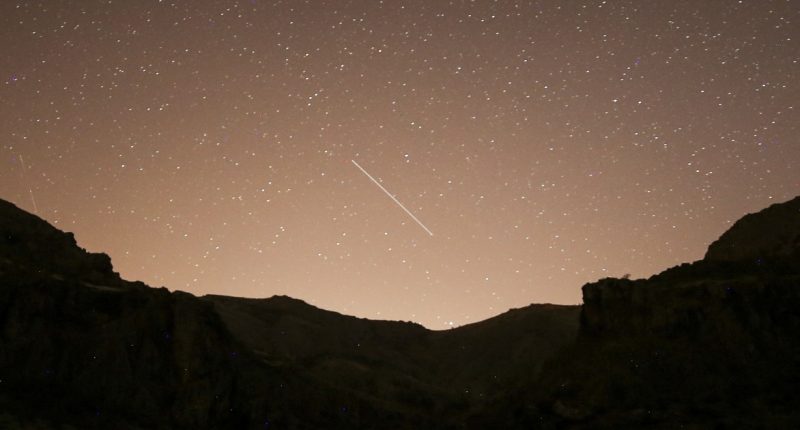
You will have something to look forward to in the sky heading into the weekend.
The annual Leonid meteor shower is set to peak early Saturday, offering people the chance to see bright and possibly colorful shooting stars in the predawn hours.
While not the most active meteor shower of the year, the Leonids can still produce around 15 shooting stars per hour under clear conditions. The crescent moon also sets in the evening this weekend, which should make for dark skies that are not washed out by bright moonlight.
To spot the meteors, NASA recommends you head outside at around midnight. As with any meteor shower, it’s best to choose a viewing spot that is well away from streetlights or other forms of light pollution. Then, be prepared to settle in and get comfortable, which could mean bundling up against chilly, mid-November temperatures.
The meteors will appear to stream in all directions from the constellation Leo, which rises in the east after midnight this month. You should orient yourself toward the east, choosing a vantage point with a wide open view of the sky.
The Leonids are visible in both the Northern and the Southern Hemispheres.
The Leonid meteor shower lasts from Nov. 3 to Dec. 2, but the sky show peaks in activity early Saturday. If conditions are clear, you could also catch a nice display before dawn Friday or late at night that same day.
The Leonids are usually bright meteors and the shooting stars can even be colorful, according to NASA. They are also some of the fastest meteors, traveling at blistering speeds of around 44 miles per second, the space agency said.
The Leonid meteor shower occurs every year in November, as Earth passes through trails of debris from Comet 55P/Tempel-Tuttle. The comet was discovered twice independently — once in 1865 by Ernst Tempel and again in 1866 by Horace Tuttle.
It takes Comet Tempel-Tuttle 33 years to complete one orbit around the sun. Once every 33 years or so, particles from the comet can produce a meteor storm, with hundreds to thousands of meteors spotted per hour during the peak. One such Leonid storm took place in 1966, when thousands of meteors streaked across the sky during a 15-minute period, according to NASA. The agency said the last meteor storm occurred in 2002.
Source: | This article originally belongs to Nbcnews.com









